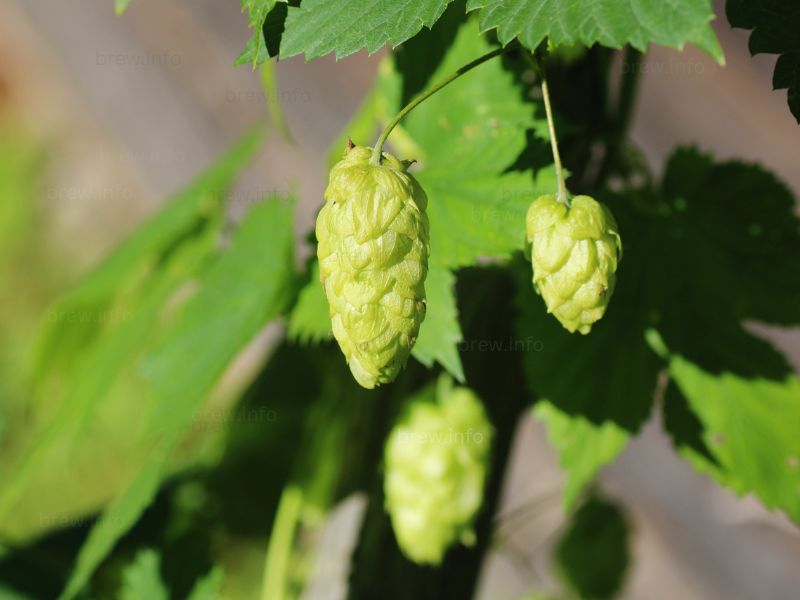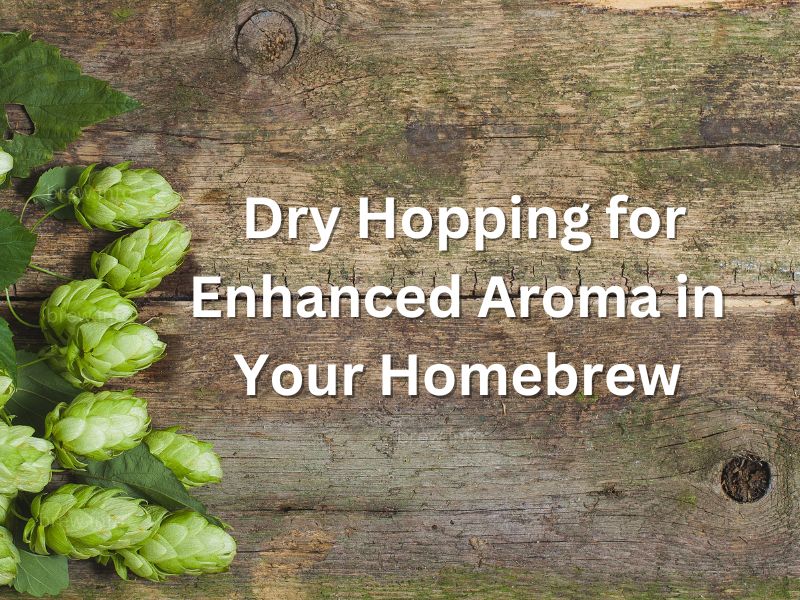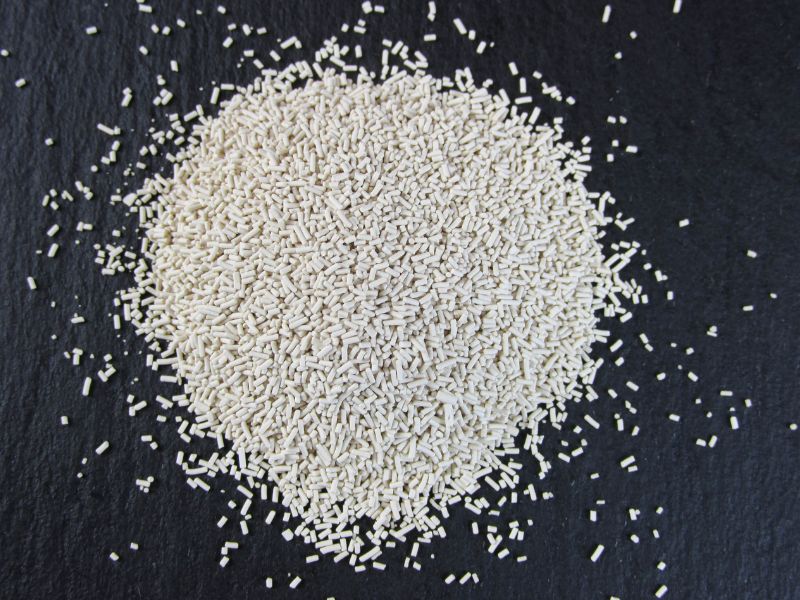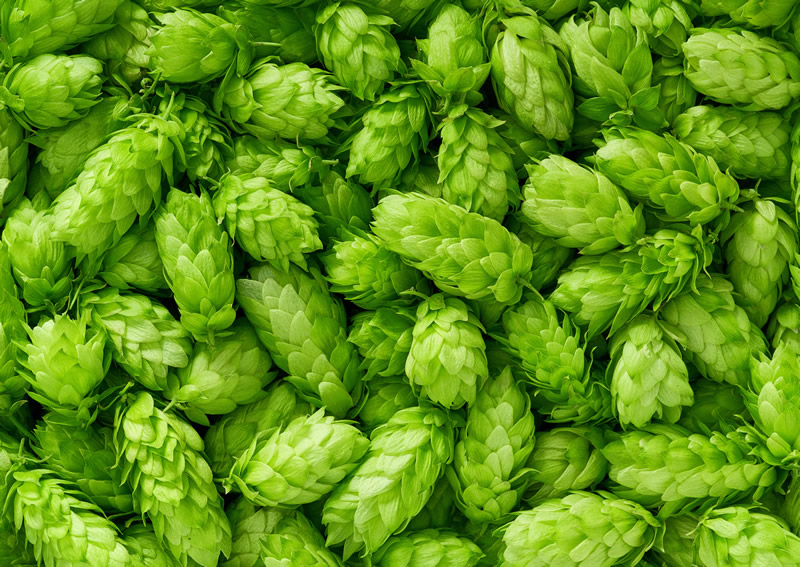Dry Hopping, an Aromatic Revolution in Your Homebrew
In the adventurous world of homebrewing, the technique of dry hopping is a game-changer. With this, you can transform an ordinary homebrew into an extraordinary one, marked by an irresistible, enhanced aroma. The unique infusion of hop flavor and aroma without significantly increasing bitterness is what makes dry hopping a go-to technique for many homebrewers.
Understanding the Science Behind Dry Hopping
Before diving into the how-tos, it’s essential to understand what’s going on when we dry hop. It’s all about the hop oils. You see, hops contain several essential oils that play a significant role in defining beer’s flavor and aroma. The challenge? These oils are highly volatile, meaning they evaporate quickly when boiled. During the typical brewing process, we add hops while boiling the wort, which can cause many of these oils to escape.
Enter dry hopping, a process where hops are added during or after the fermentation phase. The cooler temperatures during fermentation helps preserve the volatile hop oils, imbuing your brew with a more potent and tantalizing hop aroma. Now let’s go over some of the essential oils that take part in the dry hopping process.
The Influence of Essential Oils in Dry Hopping
The Power of Myrcene
Myrcene is one of the most abundant oils in many hop varieties. It imparts strong herbal, floral, and citrusy aromas, reminiscent of your favorite tropical fruits. While dry hopping, myrcene’s delicate nuances get accentuated as there’s no heat to drive it off, allowing these luscious scents to permeate your homebrew fully.
Caryophyllene: The Spice of Hops
Caryophyllene lends a spicy, peppery, and slightly woody character to your brew. In dry hopping, the cooler temperatures preserve this oil, infusing your beer with that unique zesty punch.
Humulene’s Earthy Contribution
Humulene is another essential player in dry hopping, bestowing an earthy, woody, and subtly floral aroma. Dry hopping ensures these pleasant notes stay intact, thus enhancing your beer’s aromatic profile.
Farnesene and the Hint of Freshness
Farnesene, though present in relatively small amounts, can impart a fresh, apple-like scent. In dry hopping, even these minor players can shine, giving your beer a delightful fresh twist.
Linalool and Geraniol: The Citrusy-Floral Duo
Linalool and geraniol are two oils that are particularly important in the context of dry hopping. They are known to undergo a process called biotransformation during fermentation. This process alters their chemical structure and can lead to the creation of new aroma compounds, adding complexity to your beer. Linalool gives a floral note with a hint of citrus, while geraniol adds a rose-like scent with a touch of grapefruit.
Dry Hopping – The Hops You Can Use & Beer Styles
Dry hopping allows you to harness these essential oils to their fullest potential. By adding hops after the boiling process, you retain these volatile compounds, amplifying your homebrew’s aroma and complexity. From the citrusy punch of myrcene to the spicy kick of caryophyllene, each hop oil plays its part in this aromatic symphony.
Although it’s important to keep in mind that the amount of these oils can differ significantly depending on the type of hop, being aware of their functions will help you along the way when dry hopping.
- Citra: This hop is famous for its intense citrusy profile, with pronounced notes of grapefruit, lime, and tropical fruits. It’s a favorite for dry hopping in IPAs and pale ales, where its vibrant aroma shines.
- Mosaic: Mosaic hops are known for their complexity. When used in dry hopping, they contribute a mosaic of flavors and aromas (hence the name), including blueberry, mango, and other tropical and stone fruits, along with a slight piney or earthy aspect.
- Amarillo: Amarillo hops, when used in dry hopping, offer a predominantly citrusy aroma, often compared to orange or grapefruit, but they can also contribute to floral and tropical characteristics. They’re a popular choice for a range of hop-forward beer styles.
- Cascade: Often associated with classic American pale ales, dry hopping with Cascade lends distinct floral, citrusy, and spicy notes to your beer. The aroma is often likened to a field of flowers with a hint of grapefruit.
- Simcoe: Simcoe is a versatile hop with a wide range of aroma characteristics. Dry hopping with Simcoe can result in aromas of berry, citrus, and pine, along with some earthy and herbal notes.
- Centennial: Sometimes referred to as a ‘super Cascade’, Centennial packs more of a punch. Dry hopping with Centennial imparts a robust floral and citrusy aroma, with elements of lemon and a hint of herbaceousness.
Each hop variety brings something unique to the table, or in this case, the fermenter! Don’t be afraid to experiment and find the combinations that please your palate the most.
Here’s a list of some beer styles where dry hopping is typically appropriate and can add extra depth and complexity to the brew:
- India Pale Ale (IPA): IPAs, including their various sub-styles like Double IPAs, New England IPAs, and Session IPAs, are perhaps the most common style where dry hopping is used to contribute to their characteristic strong hop aroma and flavor.
- Pale Ale: American, English or any other variation of Pale Ales often benefit from dry hopping, adding an additional layer of hop aroma to complement their balanced flavor profile.
- Stout: Dry hopping can also be used in certain stouts, particularly American stouts, to provide a counterpoint to the rich, roasted malt flavors.
- Porter: American Porters, with their robust character, can benefit from dry hopping to add complexity and a hoppy aroma that pairs well with their dark malt flavors.
- Saison: This style, while traditionally not heavily hopped, can benefit from the careful use of dry hopping to add a bit of citrusy or floral aroma, enhancing the beer’s complexity.
- Barleywine: American Barleywines, in particular, can be dry-hopped to balance the intense malt sweetness of this style with a pronounced hoppy aroma.
Remember, while these styles frequently use dry hopping, there’s no strict rule. Homebrewing is about creativity and personal preference, so feel free to experiment!

The Step-by-Step Guide to Dry Hopping Your Homebrew
Now that you’ve got a grasp of the science, let’s break down the process of dry hopping into manageable steps.
Choosing the Right Hops
First things first, select the right hops. Not all hops are created equal, especially when it comes to dry hopping. Different hop varieties can give different flavors and aromas, ranging from citrusy and floral to spicy and woody. The trick is to experiment with different varieties and discover what you and your taste buds prefer. Some hops well known for dry hopping include Citra, Mosaic, and Amarillo.
Preparing the Hops
The next step is to prepare your hops. You can use whole cone hops or pellet hops for dry hopping. Each has its pros and cons. Whole cone hops are often considered to provide a fresher and more intense aroma, but they can be more challenging to handle and require more space. Pellet hops, on the other hand, are easier to use and less space-consuming.
Adding the Hops
After preparing your hops, it’s time for the exciting part – adding them to your brew! But remember, patience is key here. Wait until your beer’s primary fermentation is complete. Once the vigorous bubbling has subsided, you’re in the clear to start dry hopping. Simply open up the fermentation vessel and add your hops. You can also put your hops in a muslin hop bag to help with getting them out later.
Waiting for the Magic
Now, you let the beer sit with the hops. The general rule of thumb is to leave the hops in your beer for anywhere between 2 to 7 days. Be mindful that a longer duration might add grassy flavors to your brew.
Removing the Hops
Finally, you remove the hops. This can be tricky with whole cone hops but a hop bag can make things easier. If you’ve used pellet hops, they generally sink to the bottom over time and can be left behind when racking your beer.
Common Missteps in Dry Hopping
Dry hopping can seem like a no-brainer, but it’s not without potential pitfalls.
Overdoing it either in quantity or length of time sitting in the fermenter is one common mistake. More isn’t always better, and too many hops or time in the fermenter can lead to a beer that has a grassy muddled flavor. Remember, the goal of dry hopping is to enhance the aroma, not overpower it.
Another mistake is dry hopping while the fermentation is still too active. If you add your hops too early, the carbon dioxide released during fermentation can carry away some of the precious hop aroma.
By understanding the art and science of dry hopping, you can truly take your homebrewing game to a whole new level. You’ll be able to meticulously fine-tune your beer’s aroma, creating a sensory experience that’s as rewarding as it is delightful. Understanding dry hopping also gives you a deeper insight into the brewing process itself, allowing you to create more complex and satisfying brews.
Knowledge is power, and in the realm of homebrewing, it can be the difference between a good beer and a great one. So dive into the world of dry hopping, equip yourself with knowledge, and let your creativity take flight. Your taste buds will thank you!
The Potential of Experimentation in Dry Hopping
Dry hopping is a tool. It’s not just about adding an extra layer of aroma to your beer. It’s about creating a brew that’s uniquely yours. Feel free to play around with when you add the hops, how long they stay in, and even the variety of hops you use.
For example, consider employing a method known as “double dry hopping.” As the name suggests, this technique involves dry hopping your beer twice. The first addition is usually at the end of fermentation, with the second following a few days later. This can result in a more complex and layered hop aroma and is popular among brewers of hop-forward styles like the New England IPA.
Dry Hopping and the Homebrewing Community
One of the best things about homebrewing is the community that comes with it. Dry hopping is no exception. Reach out to other homebrewers, share your experiences, and learn from theirs. Local homebrewing clubs, online forums, and social media groups are all great places to start. Remember, everyone’s taste buds are unique, and what works for one person may not work for you. The only way to truly perfect your dry hopping technique is through trial and error, and, of course, tasting!
The Impact of Dry Hopping on Your Homebrew
Dry hopping can truly revolutionize your homebrew. It provides a distinctive, enhanced aroma that adds depth to the overall beer experience. Remember, beer isn’t just about taste. The smell of a beer can greatly influence our perception of its flavor. By mastering dry hopping, you’re not only improving the smell of your beer but potentially its taste as well.
With a bit of understanding and practice, dry hopping can become a natural part of your brewing process. It’s an art as much as it is a science. So, pick your favorite hops, wait for the right moment during fermentation, add your hops, and get ready for a beautiful, aromatic transformation in your homebrew.
The journey to mastering dry hopping is thrilling. And the destination—a perfectly aromatic homebrew—is more than worth the effort.
Happy brewing!
© 2011-2023 by Brew.info. All rights reserved. No part of this document may be reproduced or transmitted in any form or by any means, electronic, mechanical, photocopying, recording, or otherwise, without prior written permission of Brew.info.







